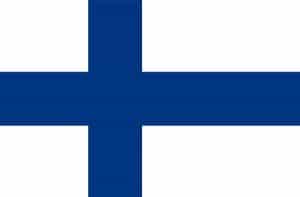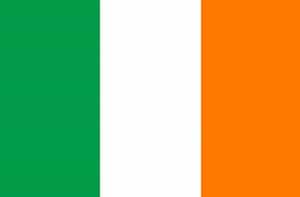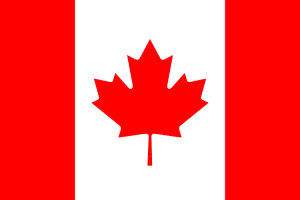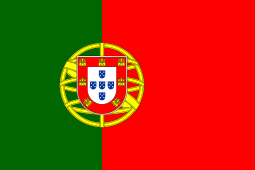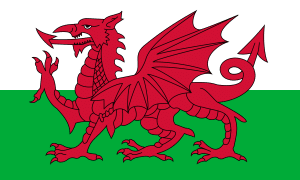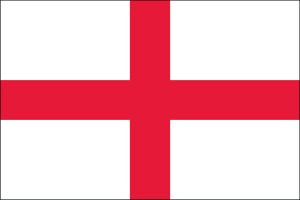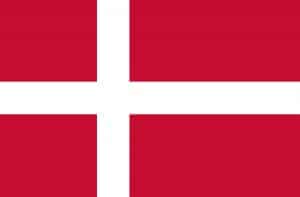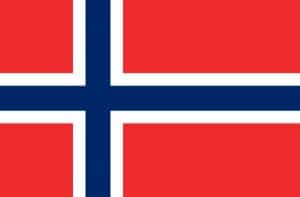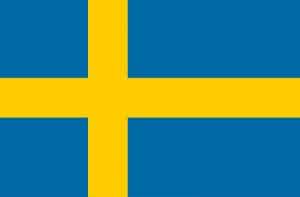Preliminary Results for the 2020 Gulf of Alaska Expedition Announced!
Camille Jasinski, IYS Communications Coordinator
June 23, 2020
Source: Tristan Blaine
This June, chief organizers of the 2019 and 2020 International Gulf of Alaska (IGA) Expeditions, Dr. Richard Beamish and Dr. Brian Riddell presented preliminary results and highlights of the 2020 Gulf of Alaska Expedition using a virtual platform, hosting one press conference and a special Funders & Friends information session. Recordings of both virtual events are available on the International Year of the Salmon website. Both expeditions were privately organized with the support of numerous donors that included Federal and Provincial contributions, through the BC Salmon Restoration and Innovation Fund (BC SRIF). The Expedition had a number of objectives, with the ultimate goal of identifying the mechanisms that naturally regulate salmon abundance in the ocean.
On March 11 2020, a team of 12 researchers from Canada, Russia and the United States embarked on a month-long survey in the Gulf of Alaska aboard the Pacific Legacy No. 1, a commercial fishing vessel transformed into an oceanographic research vessel for the expedition. Unfortunately, due to COVID-19 quarantine orders, samples collected during the 2020 Expedition have not yet been able to be fully processed. However, Dr. Beamish points out that even with only initial findings, the survey provides important observations that are both similar to the 2019 study and differ in other ways. Exploring the high seas is a logical extension of the research that has been underway in coastal waters (https://marinesurvivalproject.com/). Coastal research studies have identified factors that affect growth and survival of juveniles in their early weeks in the ocean, and open ocean research is needed to test the possibility that it is the individual salmon that grow faster in coastal areas that are best able to survive the first ocean winter.
A defining feature of both expeditions is the intent to work as an international team. There is a long history of cooperation in salmon research among Canada, Japan, the Republic of Korea, the Russian Federation, and the United States – all of whom are part of the North Pacific Anadromous Fish Commission (NPAFC). The 2019 and 2020 expeditions are part of the International Year of the Salmon (IYS), which highlights the importance of Pacific and Atlantic salmon in their natural setting.
Background
The High Seas Expeditions study the winter ecology of salmon for the purpose of identifying the mechanisms that regulate salmon production in the North Pacific Ocean. The two main hypotheses driving the 2019 and 2020 Expeditions are 1) that juvenile salmon survival is mostly determined by the end of their first winter at sea and 2) abundances at the end of the first ocean winter are an indicator of adult returns, which are anticipated in subsequent fisheries.
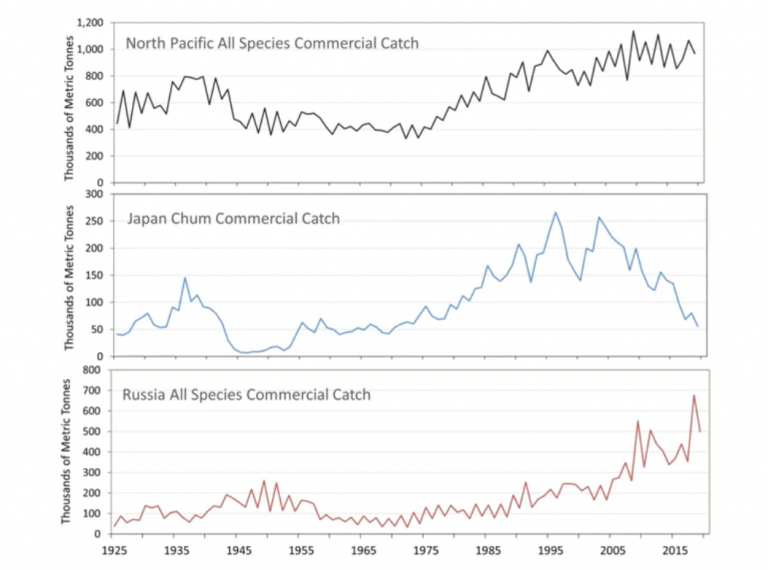
Figure 1: Commercial catches of salmon (thousands of metric tonnes) in the North Pacific (all species), Japan (chum salmon) and in Russia (all species), from 1925 to 2016 (Beamish & Riddell 2020).*
These three graphs above show how large-scale trends in salmon abundance illustrates the capacity of the Pacific Ocean to produce salmon. Interestingly, commercial salmon catches over the past 10 years have been the highest overall for all NPAFC member countries since 1925. However, there have been significant changes in the Pacific salmon species and origin (hatchery or wild) captured by commercial fisheries, which is important to note. Chum salmon in Japan are produced from hatcheries, but since approximately 2004, total catches of chum salmon in Japan have decreased by about 70% despite consistent hatchery releases. Therefore, the declining trend is likely a result of changing ocean conditions, particularly around Japan.
The opposite trend for pink and chum salmon in Russia has produced their highest catches in recorded history since 1925. These increasing trends in catches would also be related to improved ocean production as both pink and chum spend very little time in freshwater. In Canada, there has been an overall declining general trend of Pacific salmon abundance and catches, with the catches in 2019 being the lowest ever recorded, including the Fraser River sockeye salmon. It is the intent of the expeditions and international cooperation to discover the mechanisms that regulate the natural production of Pacific salmon and account for these changes over time and place, as well as to use the information obtained to help inform salmon management and sustainability decisions.
What can the catches tell us?
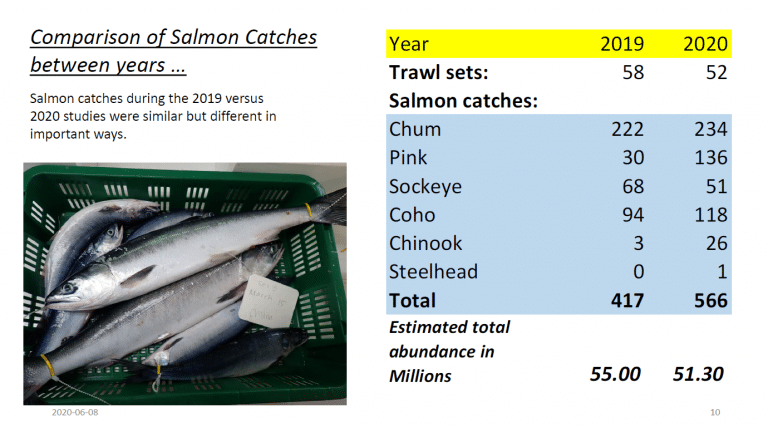
Figure 2: Differences between salmon catches per species between the 2019 and 2020 International Gulf of Alaska Expeditions (Beamish & Riddell 2020).*
While the catches by species were similar and the total abundance of salmon are essentially equal (after adjusting for spatial area sampled) an important observation of the 2019 and 2020 International Gulf of Alaska Expeditions is the uneven distribution of salmon catches throughout the survey area. In 2019, 49 of 61 trawl sets (80%) caught less than 10 salmon in a set. In 2020, these numbers were more extreme, with almost 50% of the trawl set samples catching no salmon at all, and the majority of all the salmon were only caught in two sets! In the open North Pacific Ocean, Pacific salmon have been widely and heterogeneously distributed. An interesting note in both years is the occurrence of Coho salmon that had previously been thought to typically stay in coastal areas closer to the shore. In 2020, one steelhead was caught, and an unexpected large catch of mostly juvenile Chinook were caught closer to the Canadian shore. Everyone is anxiously waiting for the DNA results to find out where our 2020 salmon originated from!
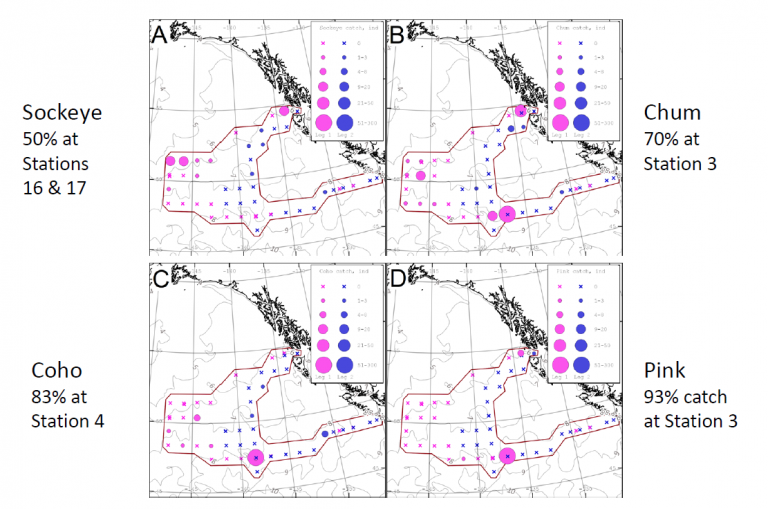
Figure 3: Distribution of salmon species by catch at each survey station (Beamish and Riddell 2020).*
An important observation from the 2020 Expedition was the apparent movement of what appeared to be large schools of chum, pink and Coho salmon. Russian studies have suggested that Pacific salmon in the High Seas were more evenly distributed and did not school, meaning they did not come together in a big group to travel and stay together in open waters. We also did not find many pink salmon, which should have been three times more abundant than chum salmon. Even more puzzling was the higher abundance of pink salmon in the most southerly areas. Sockeye were more abundant in the northern areas in 2019, which were unfortunately not completed in 2020. In 2019, British Columbia sockeye were unexpectedly found in the central Pacific. When the 2020 area surveyed is adjusted to the 2019 area, estimates of total salmon abundances are identical, at 55 million salmon. More will be understood about the relevance of these estimates when the returns to rivers are known this year.
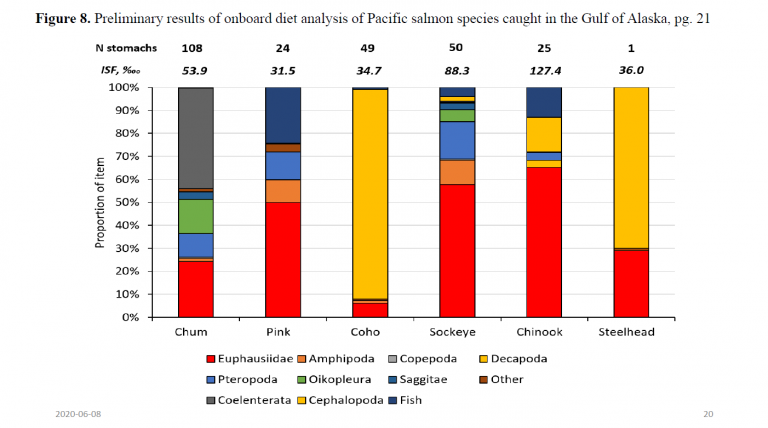
Figure 4: Preliminary results of onboard diet analysis of Pacific salmon species caught in the Gulf of Alaska (Beamish and Riddell 2020).*
For chum, pink and sockeye, euphausiid’s made up at least 50% of their diet (Figure 4). Interestingly, squids were present in the diets of all species as well. Temperatures, which ranged from 5.5°C in the northern most sample stations and 9°C in the southern most stations, were very similar in range between 2019 and 2020. Portions of the survey that had the densest chlorophyll content were also where large samples of salmon were captured.
Conclusion
There is no doubt that the 2019 and 2020 International Gulf of Alaska Expeditions will advance our understanding of how adult salmon abundance is influenced by survival of juvenile salmon in their first ocean winter. Scientists are anxiously waiting to analyze the remaining data from the 2020 Expedition as labs are beginning to reopen from the pandemic lockdown. Overall, Dr. Beamish and Dr. Riddell believe that forecasting of salmon can be improved using data from these surveys. But after two years of single vessel surveys sampling millions of square kilometres of ocean, it’s apparent that a large integrated survey with multiple vessels is really required to cover a larger surface area simultaneously. A third expedition is planed for 2021 as part of the International Year of the Salmon that we anticipate will involve research vessels from Canada, Russia and the United States. This multi-vessel Pan Pacific study will result in an even greater understanding of how ocean conditions relate to Pacific salmon survival and productivity, which in the longer term is required for the resilience for salmon and people in a changing climate.
*all references to Beamish, R. and Riddell, B. (2020) correspond to presentations given by Dr. Beamish & Dr. Riddell on June 2nd & June 12th, 2020. Slides can be viewed here.
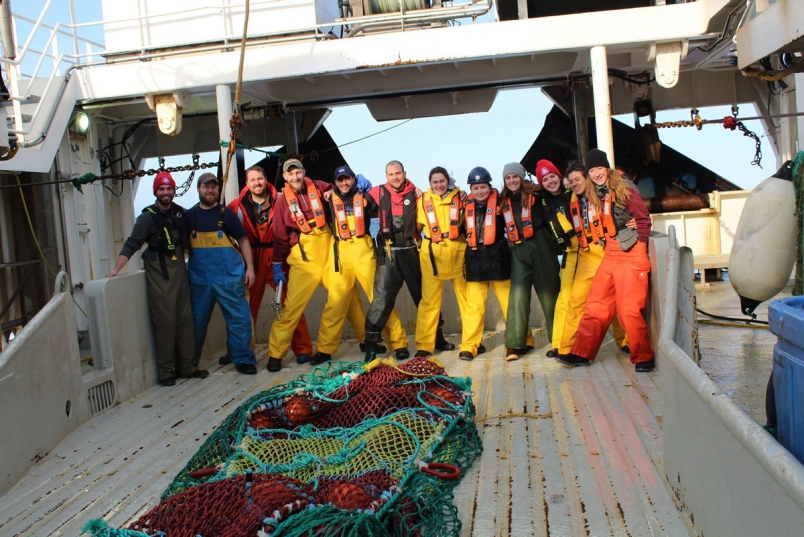
Additional Resources:
Main Web Location for 2019 and 2020 International Gulf of Alaska Expeditions:
https://yearofthesalmon.org/high-seas-expeditions/
2020 Gulf of Alaska Expedition crew photos, scientist bios, Vessel Captains, trawl net video, photos etc.:
https://yearofthesalmon.org/gulf-of-alaska-expedition2020/
Information about the 2019 International Gulf of Alaska Expedition:
https://yearofthesalmon.org/gulf-of-alaska-expedition-2/
Preliminary Findings of the Second Salmon Gulf of Alaska Expedition Onboard the R/V Pacific Legacy March 11 – April 7, 2020 as Part of the International Year of the Salmon
https://npafc.org/wp-content/uploads/Public-Documents/2019/1858Prof-Kaganovskiy-Cruise-Summary.pdf
PICES 2020 Annual Meeting Session 14 Presentation – October 28, 2020
Gulf of Alaska Expeditions, 2019 and 2020. R.J Beamish and B.E. Riddell PDF


